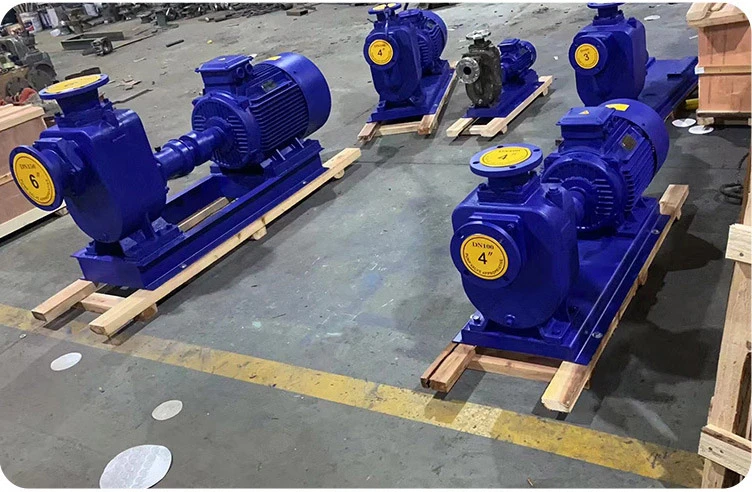Vietnamese
- Afrikaans
- Albanian
- Amharic
- Arabic
- Armenian
- Azerbaijani
- Basque
- Belarusian
- Bengali
- Bosnian
- Bulgarian
- Catalan
- Cebuano
- Corsican
- Croatian
- Czech
- Danish
- Dutch
- English
- Esperanto
- Estonian
- Finnish
- French
- Frisian
- Galician
- Georgian
- German
- Greek
- Gujarati
- Haitian Creole
- hausa
- hawaiian
- Hebrew
- Hindi
- Miao
- Hungarian
- Icelandic
- igbo
- Indonesian
- irish
- Italian
- Japanese
- Javanese
- Kannada
- kazakh
- Khmer
- Rwandese
- Korean
- Kurdish
- Kyrgyz
- Lao
- Latin
- Latvian
- Lithuanian
- Luxembourgish
- Macedonian
- Malgashi
- Malay
- Malayalam
- Maltese
- Maori
- Marathi
- Mongolian
- Myanmar
- Nepali
- Norwegian
- Norwegian
- Occitan
- Pashto
- Persian
- Polish
- Portuguese
- Punjabi
- Romanian
- Russian
- Samoan
- Scottish Gaelic
- Serbian
- Sesotho
- Shona
- Sindhi
- Sinhala
- Slovak
- Slovenian
- Somali
- Spanish
- Sundanese
- Swahili
- Swedish
- Tagalog
- Tajik
- Tamil
- Tatar
- Telugu
- Thai
- Turkish
- Turkmen
- Ukrainian
- Urdu
- Uighur
- Uzbek
- Vietnamese
- Welsh
- Bantu
- Yiddish
- Yoruba
- Zulu
Telephone: +86 13120555503
Email: frank@cypump.com
Th12 . 18, 2024 07:00 Back to list
sump pump and ejector pump
Understanding Sump Pumps and Ejector Pumps Essential Tools for Home Drainage
In the realm of home maintenance and plumbing, two devices often come up when discussing drainage solutions sump pumps and ejector pumps. While they might sound similar and serve related purposes, understanding their differences, functions, and applications is crucial for homeowners looking to manage water effectively in their properties.
What is a Sump Pump?
A sump pump is a submersible pump specifically designed to remove water that accumulates in a sump basin, typically found in the basement of homes. Its primary function is to prevent flooding and keep the basement dry, particularly in areas prone to heavy rainfall or where the groundwater table is high. When water enters the sump pit, the sump pump is activated, pumping the excess water out and away from the foundation of the house.
Types of Sump Pumps 1. Submersible Pumps These are submerged in the water and are designed to work while underwater. They are typically more efficient and quieter than other types. 2. Pedestal Pumps In this design, the motor is positioned above the sump pit, allowing for easier access for maintenance and repairs, although they might be noisier compared to submersible models.
Sump pumps are equipped with float switches that automatically turn the pump on when the water level reaches a certain point. This automation is a critical feature, ensuring consistent operation without the need for manual intervention.
What is an Ejector Pump?
Ejector pumps, on the other hand, serve a different purpose. They are primarily used to remove wastewater from lower areas, such as basements, where gravity cannot assist drainage. Ejector pumps are commonly utilized to expel sewage and greywater — wastewater that comes from sinks, showers, and washing machines.
sump pump and ejector pump

How Ejector Pumps Work These pumps operate using a mechanism that generates pressure to push wastewater upwards through a discharge pipe. This process often involves a check valve to prevent backflow, which is essential for maintaining sanitary conditions. Ejector pumps are typically connected to the home’s plumbing system and can be used in conjunction with a sump pump when necessary, particularly in homes with complex drainage systems.
Key Differences Between Sump and Ejector Pumps
1. Purpose The primary distinction lies in their intended use. Sump pumps deal with groundwater and prevent flooding, whereas ejector pumps manage wastewater. 2. Location Sump pumps are typically situated in a sump pit, while ejector pumps are found in a basin that collects sewage and greywater. 3. Operation Sump pumps activate based on water levels, while ejector pumps operate based on pressure changes in the wastewater system.
Choosing the Right Pump
When deciding between a sump pump and an ejector pump, it’s essential to evaluate the specific needs of your home. Areas prone to flooding or high moisture content may necessitate a sump pump, whereas homes with lower-level bathrooms or laundry areas might benefit from an ejector pump.
Consider consulting a plumbing professional when assessing your home’s drainage needs. They can provide insights into local regulations, which can guide your choice between sump and ejector pumps. Maintenance is also a key factor; ensuring that these systems are regularly checked and serviced can significantly extend their lifespan and efficiency.
Conclusion
In summary, sump pumps and ejector pumps are indispensable tools in safeguarding homes from water-related issues. While a sump pump is mainly focused on preventing flooding by dealing with excess water from outside, an ejector pump efficiently removes wastewater when gravity drainage is not feasible. Understanding these two systems allows homeowners to make informative decisions regarding their property's plumbing needs, ensuring a dry, safe, and sanitary environment. Investing in the right pump can result in long-term savings, as it helps avert the costly damages associated with water intrusion and improper waste management.
-
Heavy-Duty Mining Sludge Pumps - Wear-Resistant Slurry Handling
NewsAug.02,2025
-
Horizontal Split Case Pump with GPT-4 Turbo | High Efficiency
NewsAug.01,2025
-
ISG Series Pipeline Pump - Chi Yuan Pumps | High Efficiency, Durable Design
NewsAug.01,2025
-
Advanced Flue Gas Desulfurization Pump with GPT-4 Turbo | Durable & Efficient
NewsJul.31,2025
-
ISG Series Vertical Pipeline Pump - Chi Yuan Pumps | Advanced Hydraulic Design&Durable Construction
NewsJul.31,2025
-
ISG Series Vertical Pipeline Pump - Chi Yuan Pumps | Energy Efficient & Low Noise
NewsJul.31,2025










